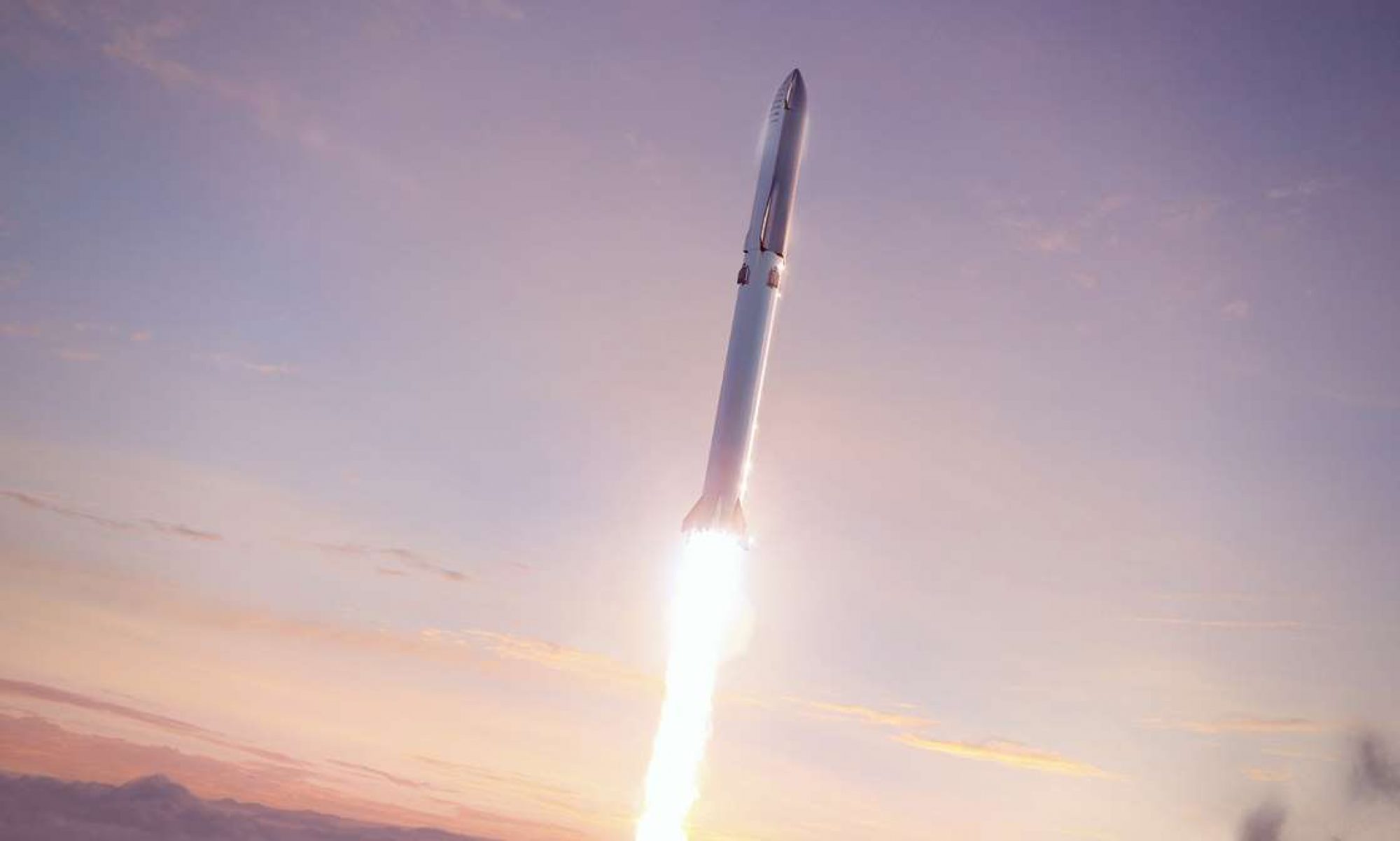It’s a speculative, but not physically impossible, task for any would be terraformer. All the Galilean moons could be terraformed, especially Ganymede, as it has its own magnetic field. Given they’re all close to our Moon in mass and size, and Luna *can* be terraformed, then it’s an easy extrapolation. The radiation field of Jupiter is a minor issue as it can be deflected away from the moons via artificial rings and magnetic fields, if we really want to live around Jupiter.
They’re strikingly individual worlds. In order out from Jupiter…
Io will be very difficult, due to the extensive volcanism, but such an exotic landscape might make for creative experiments in artificial evolution once an atmosphere sufficient for life is supplied. Any architecture will need to be flexible and probably mobile, given the likely “Io-quakes”.
Europa should be extensively and carefully explored before we do anything as drastic as terraforming, as native complex life seems very possible there. If barren, then it’s the easiest to terraform due to the substantial, but not super-deep, ocean with a ready supply of oxygen and salts in the crust and ocean. Studies indicate there’s probably enough oxygen for animal life in its ocean. Not made by plants, but by the sleeting radiation busting the exposed ice in hydrogen and oxygen. Perhaps terraforming is a redundant exercise if we can adapt our types of Life to a sterile Europa?
Ganymede and Callisto are both half ice by mass, thus have thick layers of exotic ices, rather than substantial terra firma. However the outer crusts are “dirty ice” and probably have sufficient silicates to create a thick layer of soil over a deeper permafrost. Melting extensive river and lake systems into the crust would give the resulting melt-water somewhere to go. Significant carbon dioxide ice is available on Ganymede and Callisto, making an early atmosphere of carbon dioxide likely. Whether there’s more volatile gases like methane or ammonia available presently seems dubious. Nitrogen would probably need to be imported from elsewhere, though there’s some conjecture that carbon dioxide can be mixed with oxygen for a breathable mix, to minimise the needed nitrogen. Though Earth presently has too much carbon dioxide, thanks to its blockage of infra-red light, on a cold moon of Jupiter that’s a feature not a problem.
Additional energy from the Sun will be needed to warm all the Galilean moons to hospitable levels, easily gathered by giant solar mirrors in space, aka “solettas”. Turning Jupiter into a second Sun, like some science-fiction depictions, isn’t desirable. The only way to do so that doesn’t violate the laws of physics, as we know them, is to drop a black hole into Jupiter of the right mass. Making and delivering that black hole is discussed by Martyn Fogg’s essay “Stellifying Jupiter”. Well worth looking up.
